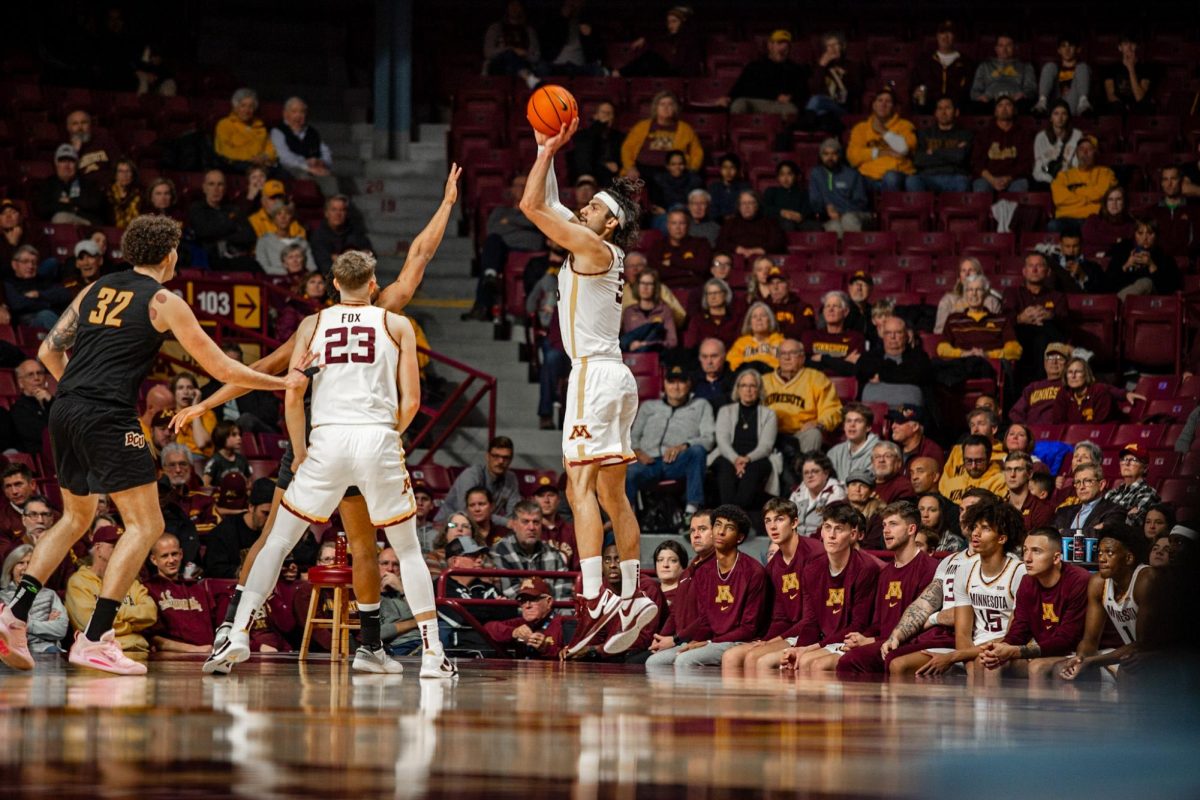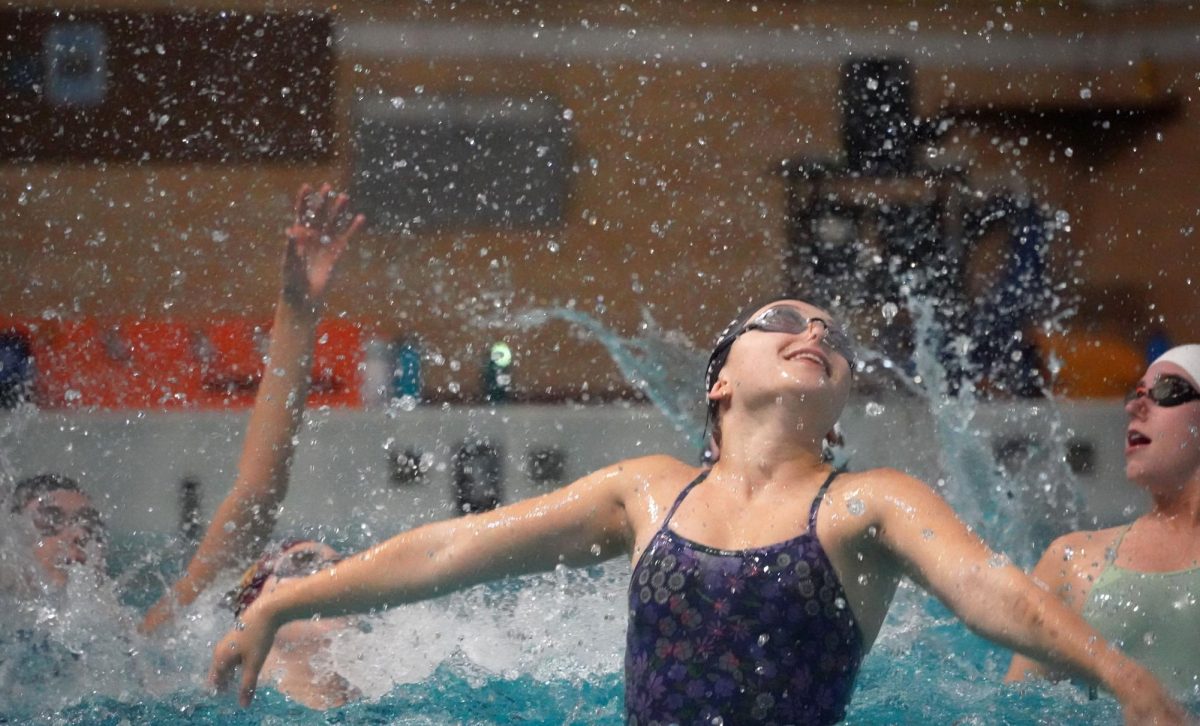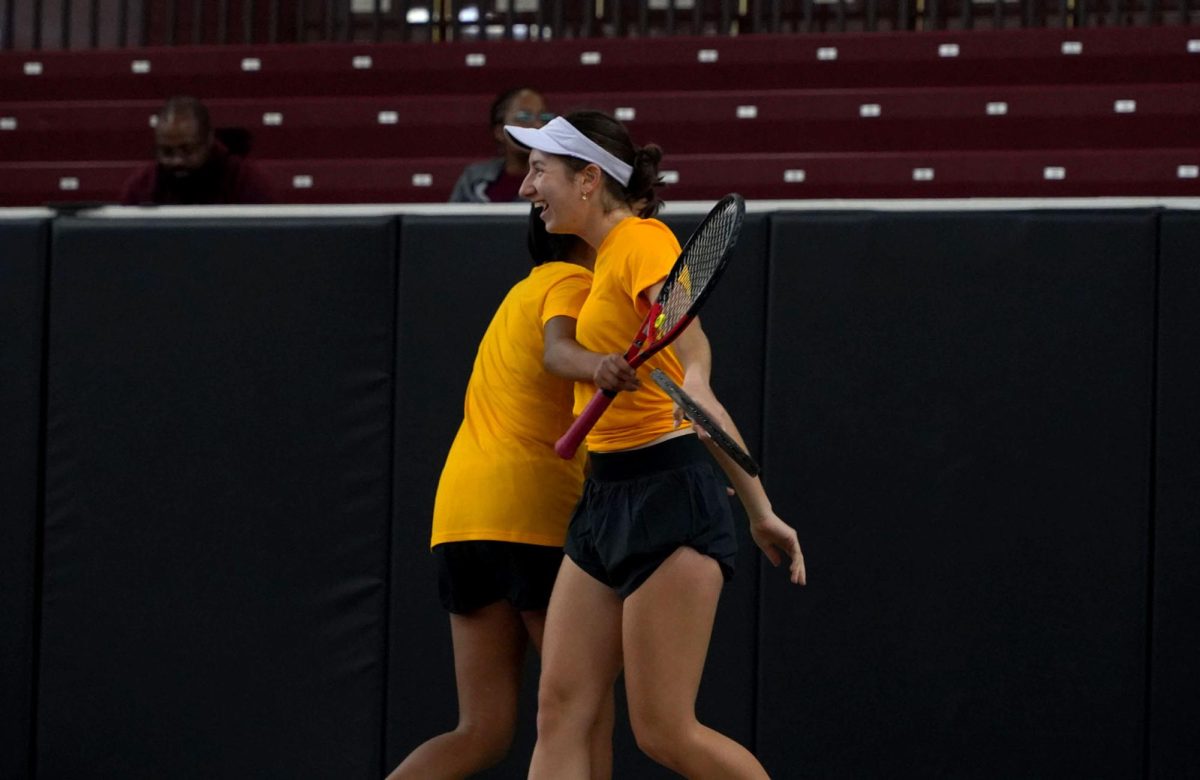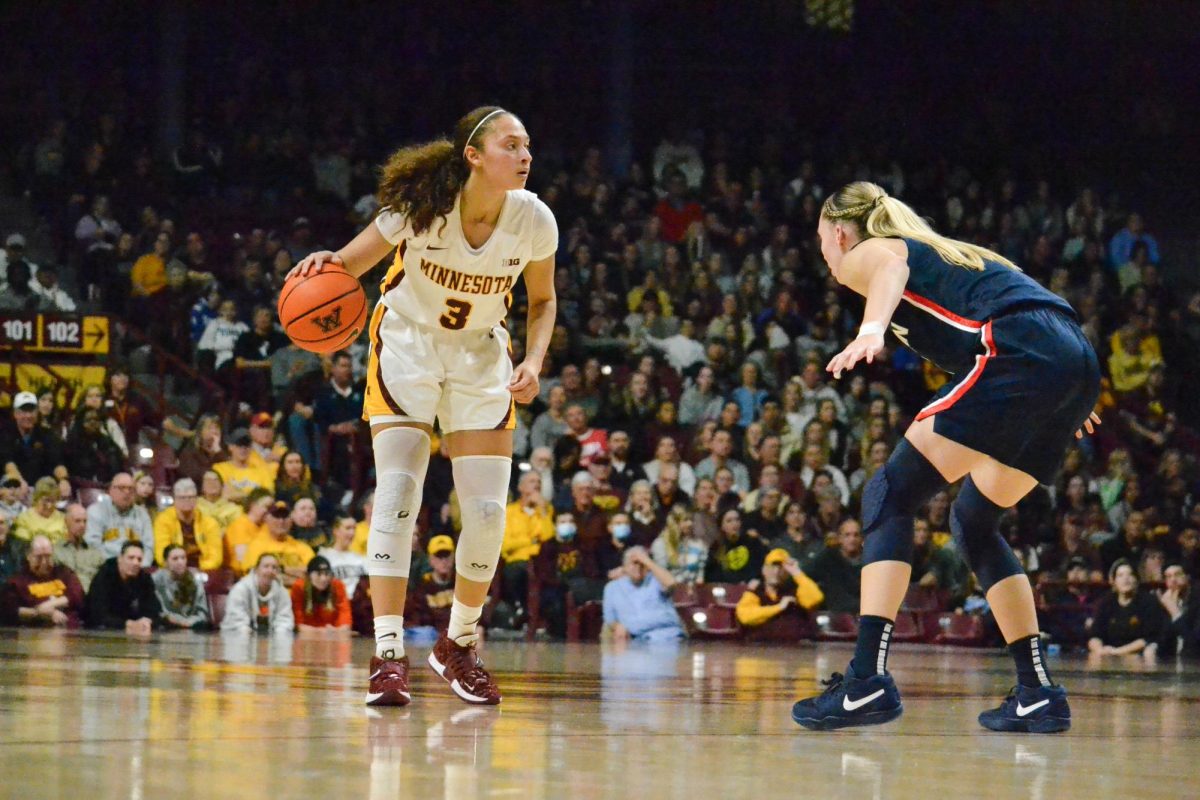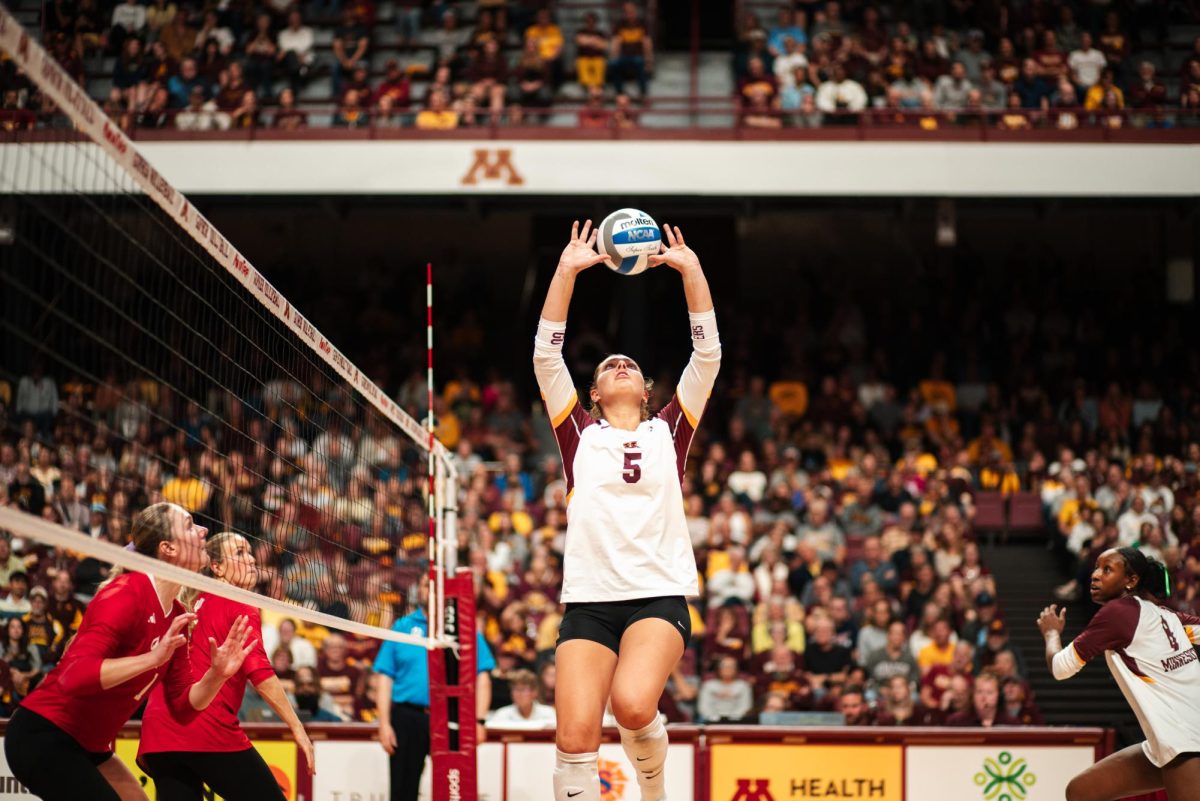The new work group in charge of creating the University of Minnesota’s first-ever child safety policy began meeting this month in response to the Jerry Sandusky sex-abuse scandal.
The group, which consists of six University faculty members and administrators, will create a University system-wide policy on child safety at the request of President Eric Kaler. Its recommendations are due by March 15.
Deputy General Counsel Bill Donohue, who was named the chair of the group, said he discussed the idea with Kaler before the University’s October Board of Regents meeting.
At the meeting, Kaler discussed his interpretations of the Freeh Report — the FBI investigation of the Sandusky scandal at Penn State University.
Kaler said in a charge letter to the group that although the University has had no reports of child sexual abuse on campus, its practices are not standardized.
Kaler asked the work group to investigate how the University reports sexual misconduct and to create a policy that will enforce the strong culture of compliance and reporting that already exists at the University.
The University requires staff and faculty to report suspected child mistreatment to police, supervisors and appropriate authorities, said Katie Eichele, director of The Aurora Center, which works with sexual abuse victims on campus.
Eichele said a child-safety policy is the “latest trend” for universities following the Sandusky scandal.
“When we see a gap in our safety, it’s the University’s responsibility to narrow that gap as much as possible,” she said. “It’s a safety measure both for families and for the University.”
Donohue said the group represents a cross-section of University leadership, but he was surpised by how many people were involved.
“I thought it was going to be three or four people meeting and writing a policy,” he said. “I think [Kaler] wanted to be more comprehensive and thorough about it and make sure we touched all corners of the University.”
Examining policies
Donohue said he expects the group to find policies already in place to protect children and include them in the new policy. He also said the group will find ways to improve existing policies.
Donohue said the goal is to look at how many children come to campus, the University’s current policies and the aspects of the Freeh Report that can be incorporated on campus.
Eichele said that before the Sandusky scandal, there was a large misconception that college institutions were dealing more with young adults.
“Nowadays we’re seeing more youth activities on our college campuses,” she said.
Eichele said universities host activities to aid recruiting and broaden horizons for high school students.
But with the added activities comes more responsibility to protect children.
“After Penn State, a lot of universities who take on that role of working with youth need to re-examine how safe we have our community,” Eichele said.
The University of Iowa may be considering a policy change as well. Kathy Prediger, a spokewoman for Iowa’s Student Health Service, said the school is reviewing sport-camp manuals and protocols for youth on campus.
She said Iowa is trying to create a comprehensive manual to help shape future policies.
Iowa General Counsel Carroll Reasoner said Iowa identified child safety as a risk in 2010, when its president reported to the Board of Regents.
Reasoner said the campus has more than 6,000 people who are required to report child abuse. She said Iowa’s current policy suggests that anyone who sees physical or sexual child abuse report it to the university’s public safety department.
In Pennsylvania, a state commission said Tuesday that “sweeping” changes are needed to the state’s child-safety laws.
Planning ahead
When drafting the policy, Eichele said the University’s child-safety group needs to remember that it will be implemented across the entire University system.
“It needs to be clear but vague enough,” she said, “because we are such a large, decentralized institution.”
She said the policy needs to fit smoothly across campuses and departments.
Donohue said the group will also reach out to the community for advice. He said University police Chief Greg Hestness will likely speak to the group about the history of safety at the University.
The group will hold eight or nine meetings before the March deadline, Donohue said. It met for the first time in mid-November and will meet again the first week of December.
By January or February, the group hopes to review drafts of the policy.
The final report will be presented to Kaler, who will decide what steps to take next.


